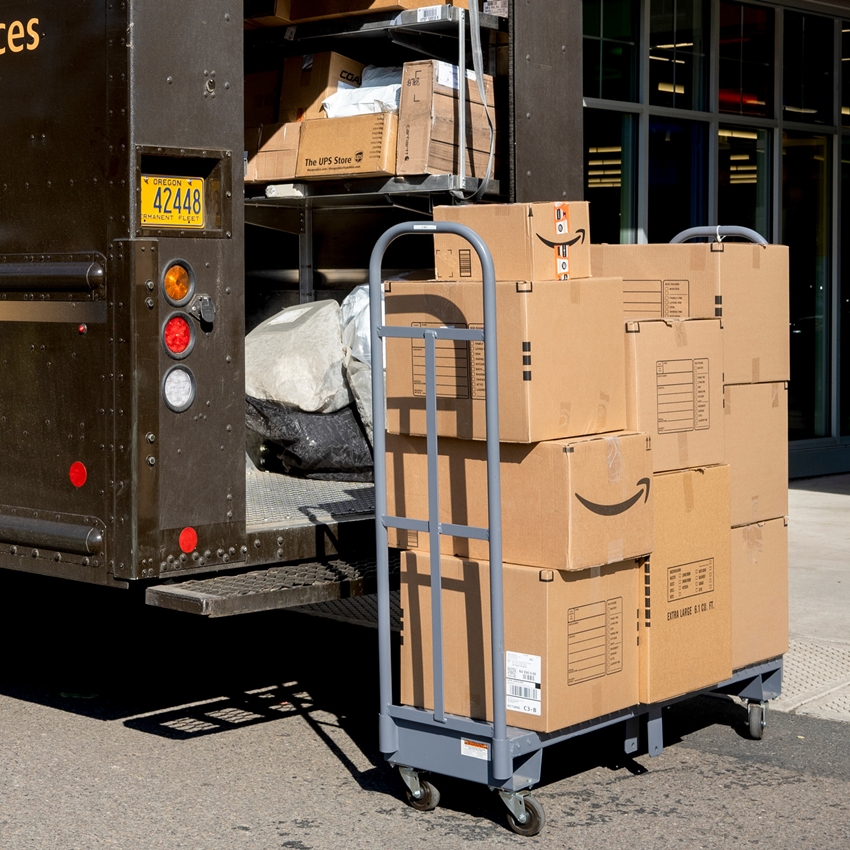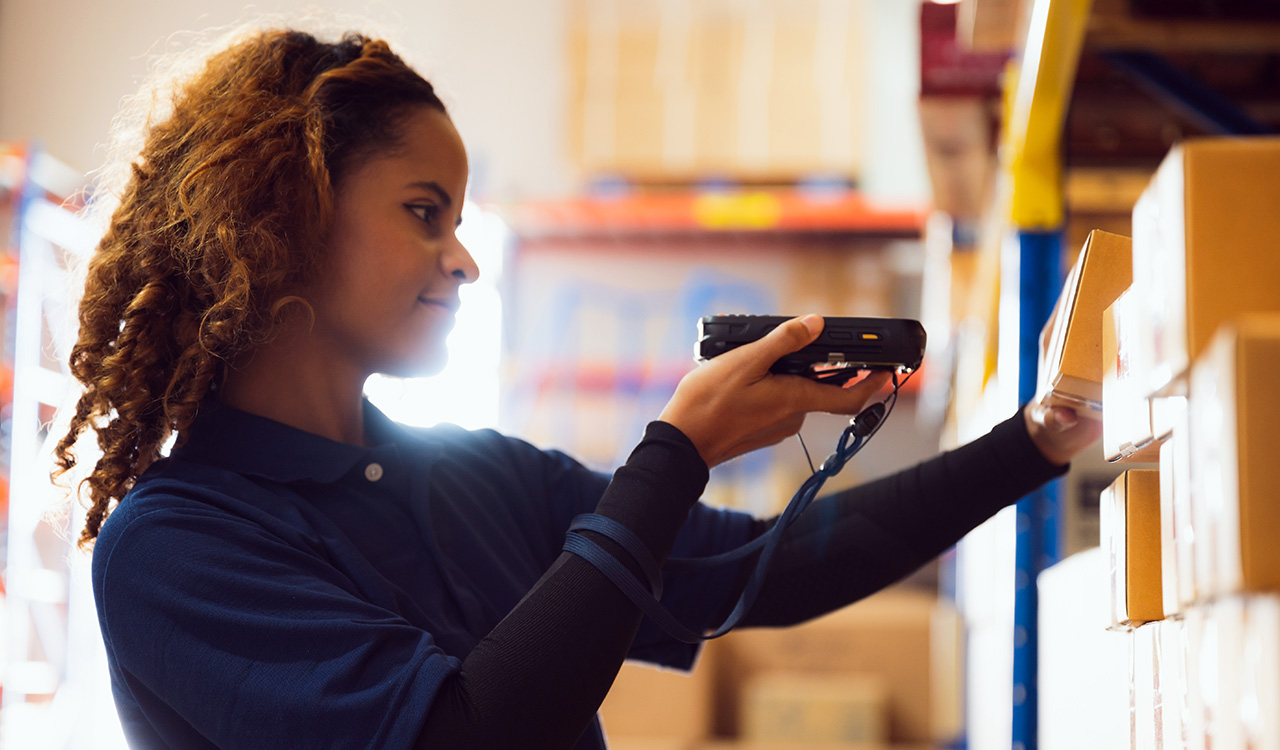Everyone knows shipping is costly. Return shipping can be even costlier. In an effort to give consumers what they want, when they want it (aka good consumer service), retailers are running up costs for labor and packaging by shipping one item at a time. This practice may be great optics for the consumer, but it is inefficient, and the excess packaging and energy required for delivery harm the environment and retailers’ bottom lines. This puts retailers between a rock-and-a-hard-place with no clear solution … yet. Consumer expectations and demands for free shipping, returns, exchanges and other services may run retail businesses into the ground. Thus, it is time to recalibrate.
Returned goods add more labor costs for restocking, increase expenses associated with disposing packaging materials and complicate logistics for repackaging returns for store sale. Retailers are inadvertently creating a vicious cycle for themselves by trying to create a virtuous cycle for consumers.
Free shipping, and especially free returns, can be a zero-sum game for some of your shoppers and a profitable strategy for others.
With the current unrest in Ukraine leading to sanctions on oil, rapidly rising gas and fuel costs will no doubt contribute to the existing supply chain crisis, leading to even more expensive shipping and handling charges. So, who should be absorbing these costs, the retailer or the consumer?
Any gains made in consumer loyalty or relationships by retailers covering free shipping and returns are bound to be reduced under the current economic realities.
How Did Retailers Get into this Free Shipping Mess?
We have Zappos to thank for free shipping. In 2003 how else could you convince people to buy shoes before trying them on? Why, free shipping and free returns of course! This led consumers to purchase a number of different sizes and colors of shoes, knowing they had nothing to fear with no-hassle shipping and even more no-hassle returns. It ultimately worked very well for Zappos, earning them recognition as having “the best consumer service in the world.” But it set a precedent for online retail that has become a nightmare.
“Buying shoes online can initially be a scary process for people. But Zappos has withstood when other dotcoms have failed because we provide the best consumer experience, such as free shipping both ways. Even though free shipping of both orders and returns has cost us more, it has enabled us to keep our consumers longer,” said Zappo’s CEO Tony Hsieh in 2019.
Zappos took a huge risk by offering free shipping and returns on shoes, and won big, later expanding their model to include clothing as well. But fast forward to 2022 (19 years later!), are retailers now paying the price?
The Not-so-Hidden Costs of Ecommerce
For a seamless consumer experience in the 2020s, it has become essential to provide consumers with the option to return items purchased online … for free. Conventional wisdom dictates that having a generous return policy can positively build sales, and certainly brand image. However, online returns, especially when accompanied by a generous return policy, can present significant costs for retailers.
Our research at Appriss Retail has found that on average, the cost of shipping a product is $10. Add another $10 on top of that for a return. If the item costs $20 or less, well, you can do the math. The reality is free shipping, and especially free returns, can be a zero-sum game for some of your shoppers and a profitable strategy for others.
Return Rates Are Rising
At a return rate of 20.8 percent, retailers lost $218 billion due to ecommerce returns in 2021. A survey of ecommerce return rates conducted by Appriss Retail for the National Retail Federation (NRF) showed that both retail and ecommerce return rates were higher in 2021 compared to 2020, with ecommerce rates up from 18.1 percent in 2020 to 20.8 percent in 2021.
Of course, more people were buying online throughout the pandemic, so more were returning online as well with so many stores were closed. However, the reality of rising return rates brings new existential challenges for retailers: While free shipping and returns may entice more consumers to purchase, is the risk of loss due to excess returns worth it?
While it may have worked for Zappos, the legacy of free shipping on purchases and returns now encourages overbuying. For retailers this mean less inventory on hand at peak seasons and a post-season glut, disrupting sales projections and undercutting profits.
In a Pandemic World, Convenience Trumps Free Shipping
The pandemic has influenced a number of lifestyle trends, perhaps the most noteworthy trend being the need for convenience and the willingness to pay a premium for it.
A 2020 report by the NRF found that: 83 percent of shoppers say convenience while shopping is more important now compared with five years ago. The report continues that nine in 10 consumers are likely to choose a retailer based on convenience, and these shoppers are looking to retailers to help them save even more time and effort in their busy lifestyles — not money. While consumers may have grown accustomed to free shipping and returns, the need for convenience is a trend that is not likely to dissipate even as the coronavirus does. Even during the pandemic when people were either stuck inside or afraid to go out, they were willing to pay a premium to get their products delivered quickly by ordering online. One could argue convenience and speed have become an addiction fed originally by Amazon and Zappos and now cascading into every retail brand.
From one-click ordering to curbside pickup to BOPIS (buy-online-pickup-in-store), BORIS (buy-online-return-in-store), and BORO (buy-online-return-online), the lexicon of convenience shopping is constantly evolving. Today’s busy consumer embraces — and expects — convenience in every part of their retail experience. How can retailers balance consumer expectations without risking their business with such excessive costs?
A Better Way to Ship
About half of all U.S. retailers are offering free shipping on returns. With the pandemic entering yet another new phase and a war in Eastern Europe driving up fuel costs, that number may change. The day of consumers choosing to take their business elsewhere if a retailer does not offer free shipping may be shifting. With a new awareness of environmental, social, and governance (ESG) mandates, consumers may adopt a more pragmatic attitude about free returns (and their shopping behavior) when it has such a dramatic impact on the environment.
Some tactics retailers can employ to make sure they do not run their P&Ls into the ground over shipping costs include:
- Offer shoppers the option to receive multiple orders in one package for a discount, even if it means waiting a few extra days for it to arrive. (This also means fewer unnecessary oversized boxes to break down for recycling.)
- Offer incentives for slower shipping methods. (Offer free shipping for the least expensive option; charge different price points for faster delivery options.)
- Issue a waiting period on returns to reduce the likelihood of consumers taking advantage of the benefit (or to combat fraudulent returns).
- Set price minimums to earn free shipping for orders, such as, spend $39 to get free shipping.
- Encourage BOPIS (buy-online-pickup-in-store) and BORIS (buy-online-return-in-store) transactions.
- Offer free shipping as a personalized benefit for high-value consumers, (Use your database to segment consumers based on spending and returning habits.)
- Offer free shipping or free returns, but not both. (Try one or the other depending on consumer purchasing and return habits.)
- Fold the costs of shipping into the product. (This can be risky for non-luxury brands, as budget-conscious shoppers may choose to go to a competitor.)
We are now 20 years after the shopping innovation that Zappos inspired, and the world has changed. So has the consumer. Retailers still have a chance to get ahead of the challenges of managing consumer expectations by reconsidering their shipping policies now. Consumers are smart. They know what is going on. They will understand. They typically want to do the right thing, given the opportunity. If you are honest, transparent and on the side of the environment, it is possible that consumers will align with your values. The current level of inflation is a wild card in consumers voting with their wallets, but your most loyal consumers will err on the side of loyalty if treated with respect and openness.
Note: Appriss Retail is a Robin Report Collaborative Partner. Rethinking how you manage shipping and returns presents a unique opportunity to increase profitability. Appriss Retail, a division of Appriss, Inc., provides artificial intelligence-based solutions to help retailers protect margin, unlock sales, and cut shrink. Our data-science-driven solutions streamline processes, optimize operations, boost efficiencies – all while engaging consumers and building brand loyalty. https:/www.apprisscommerce.com/ to learn more.
Note: Appriss is part of The Robin Report Innovators Network.



